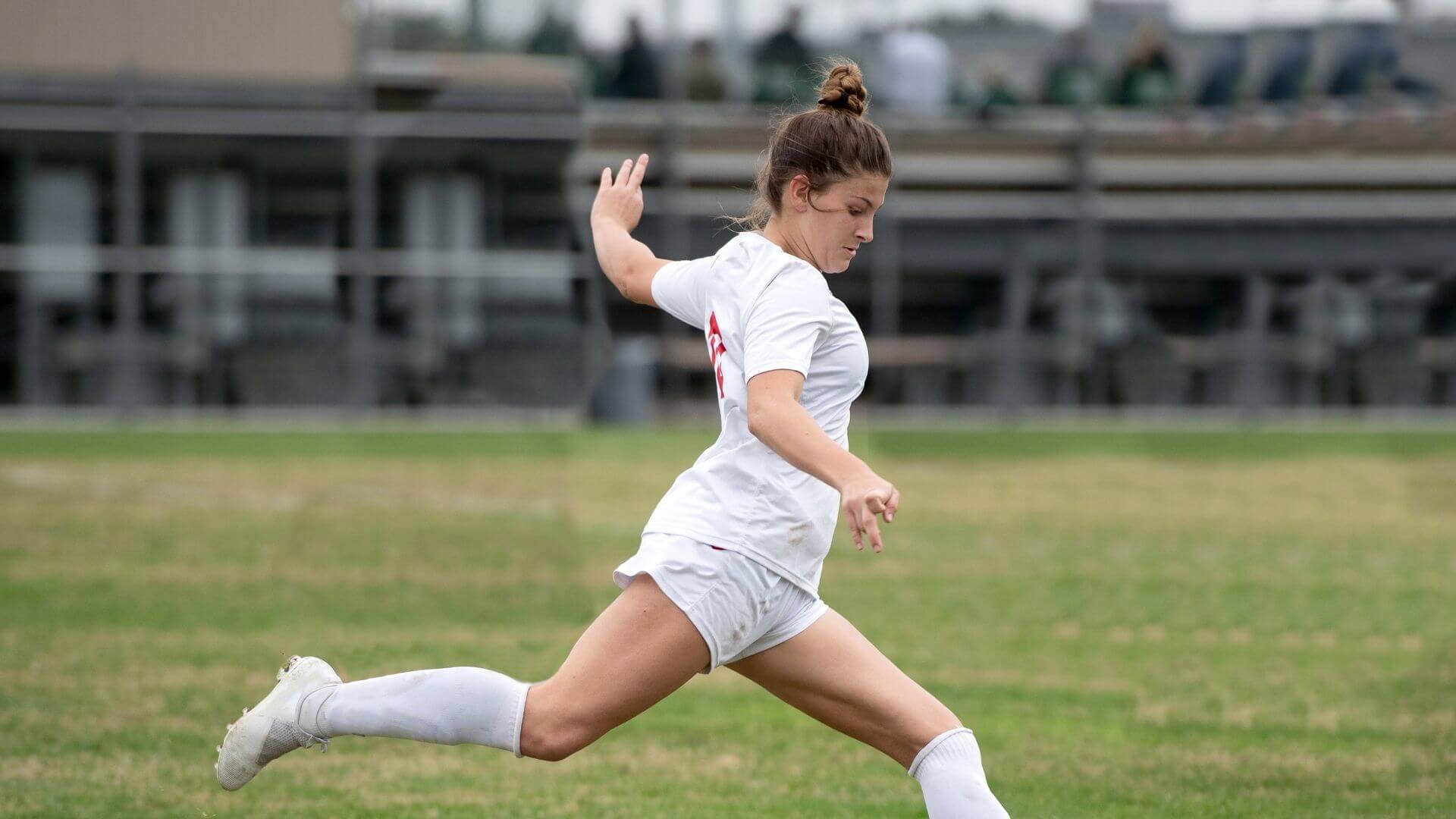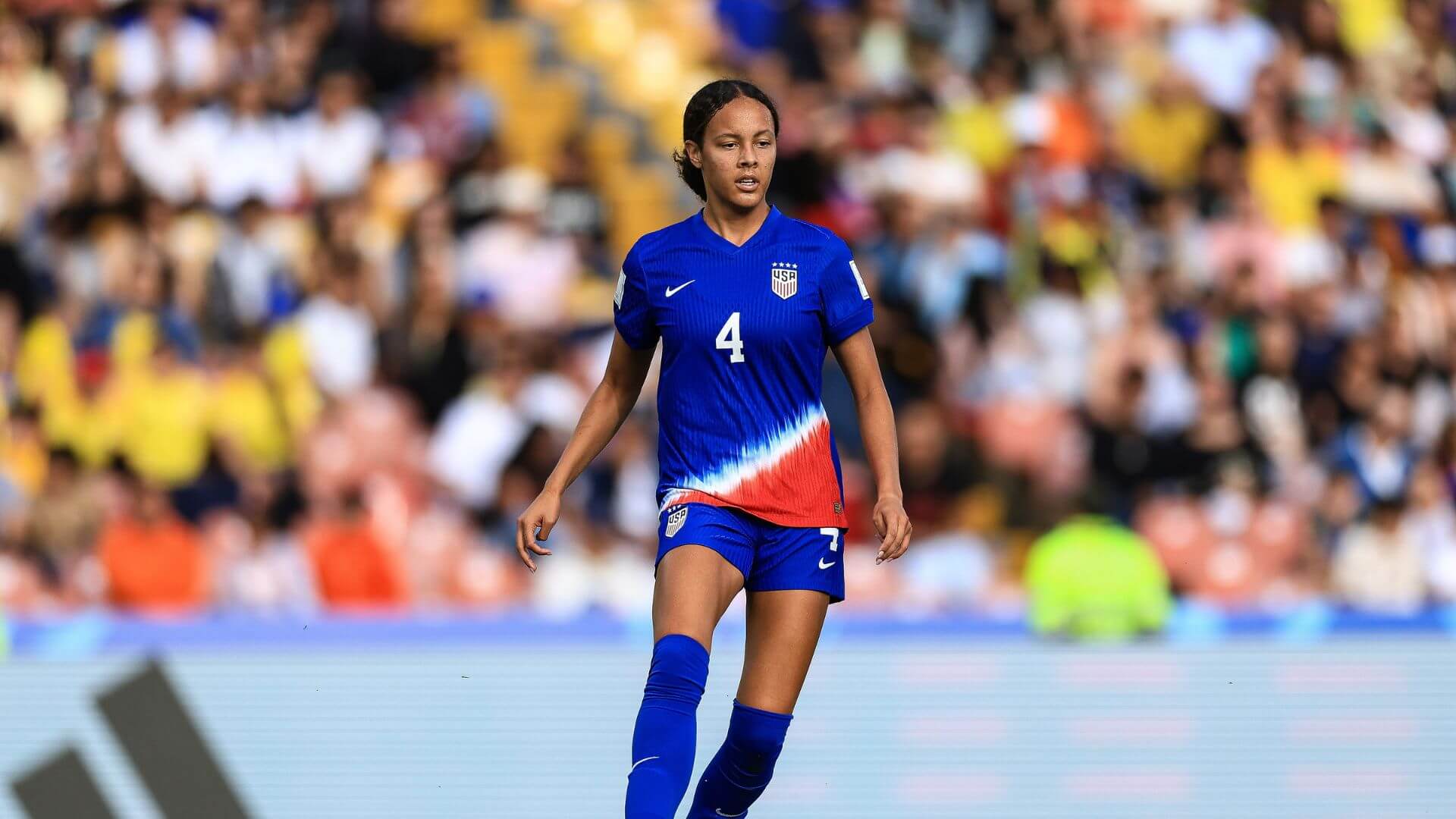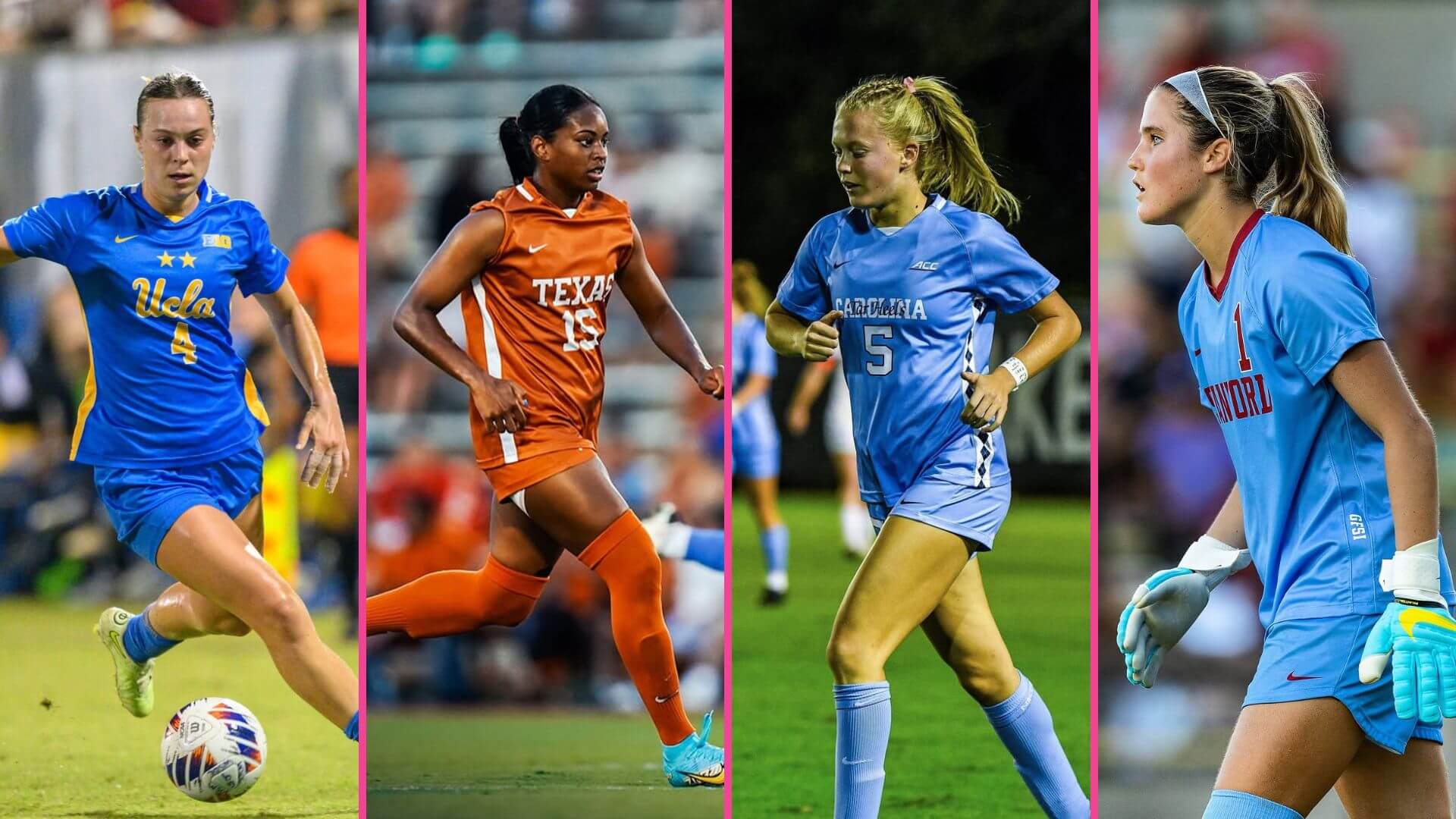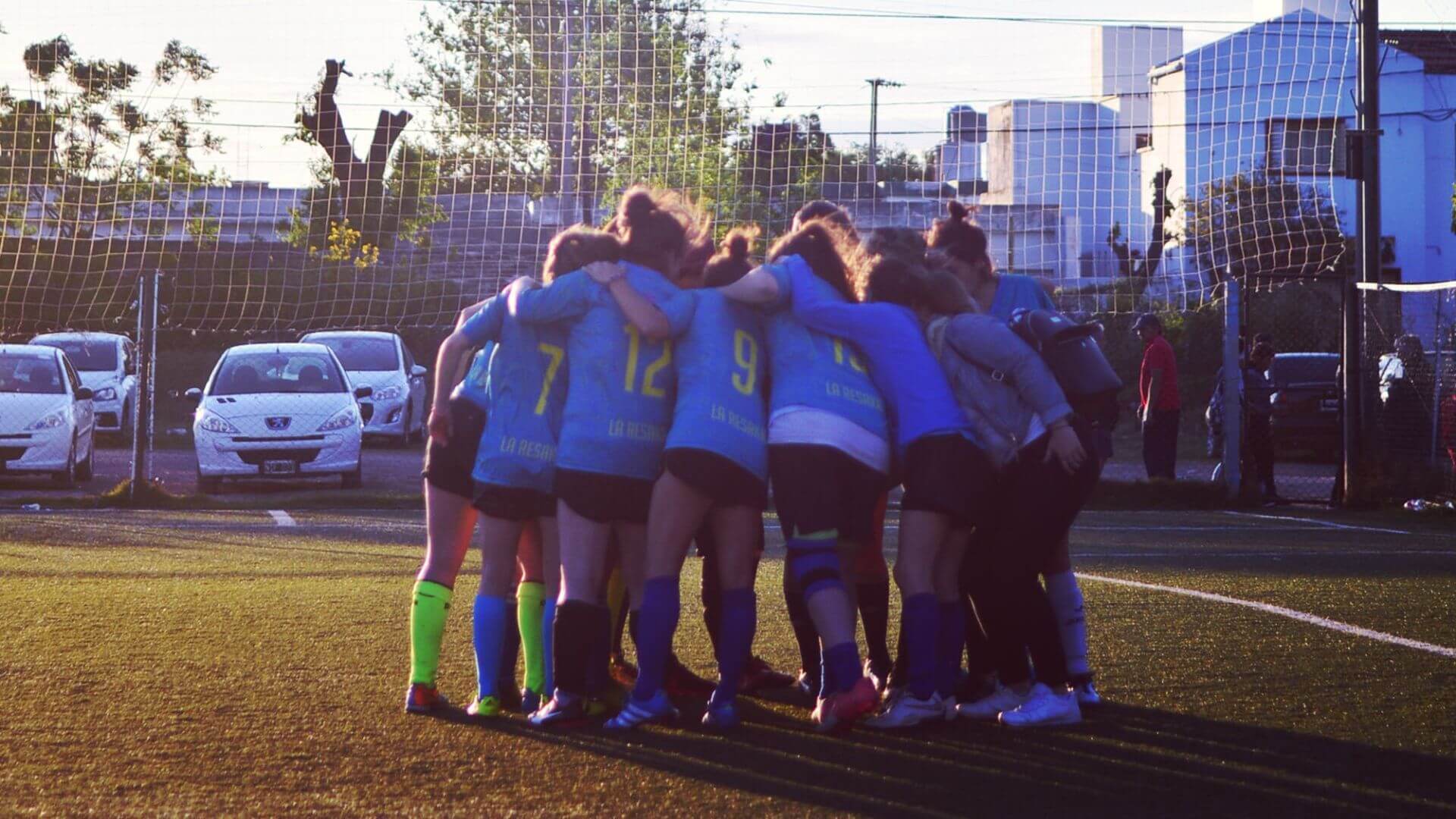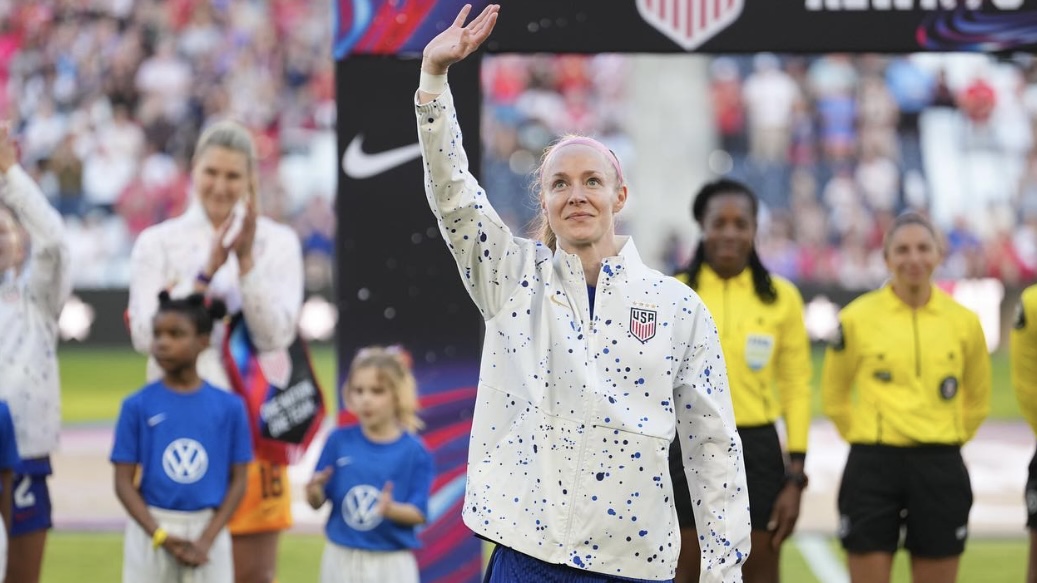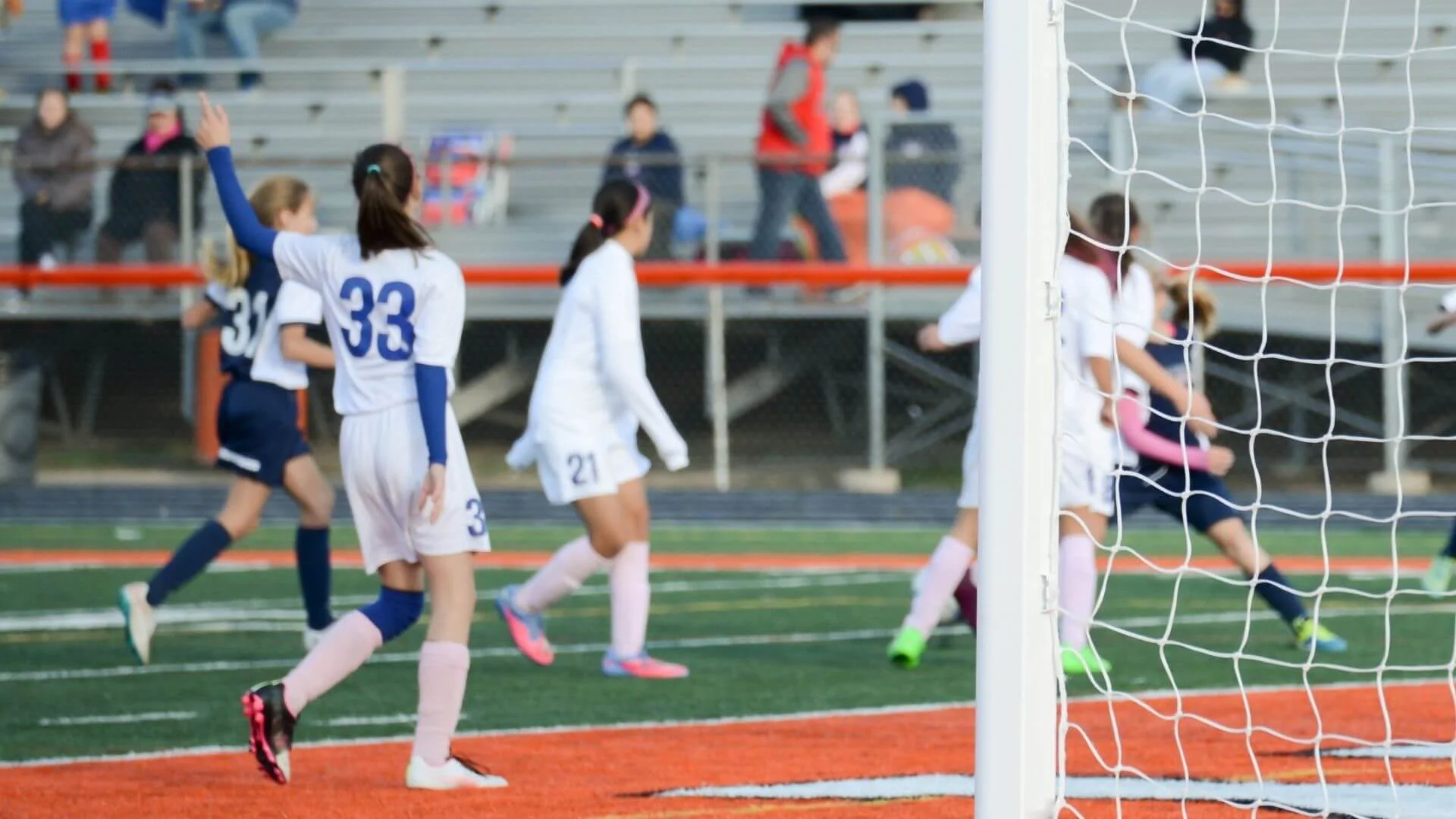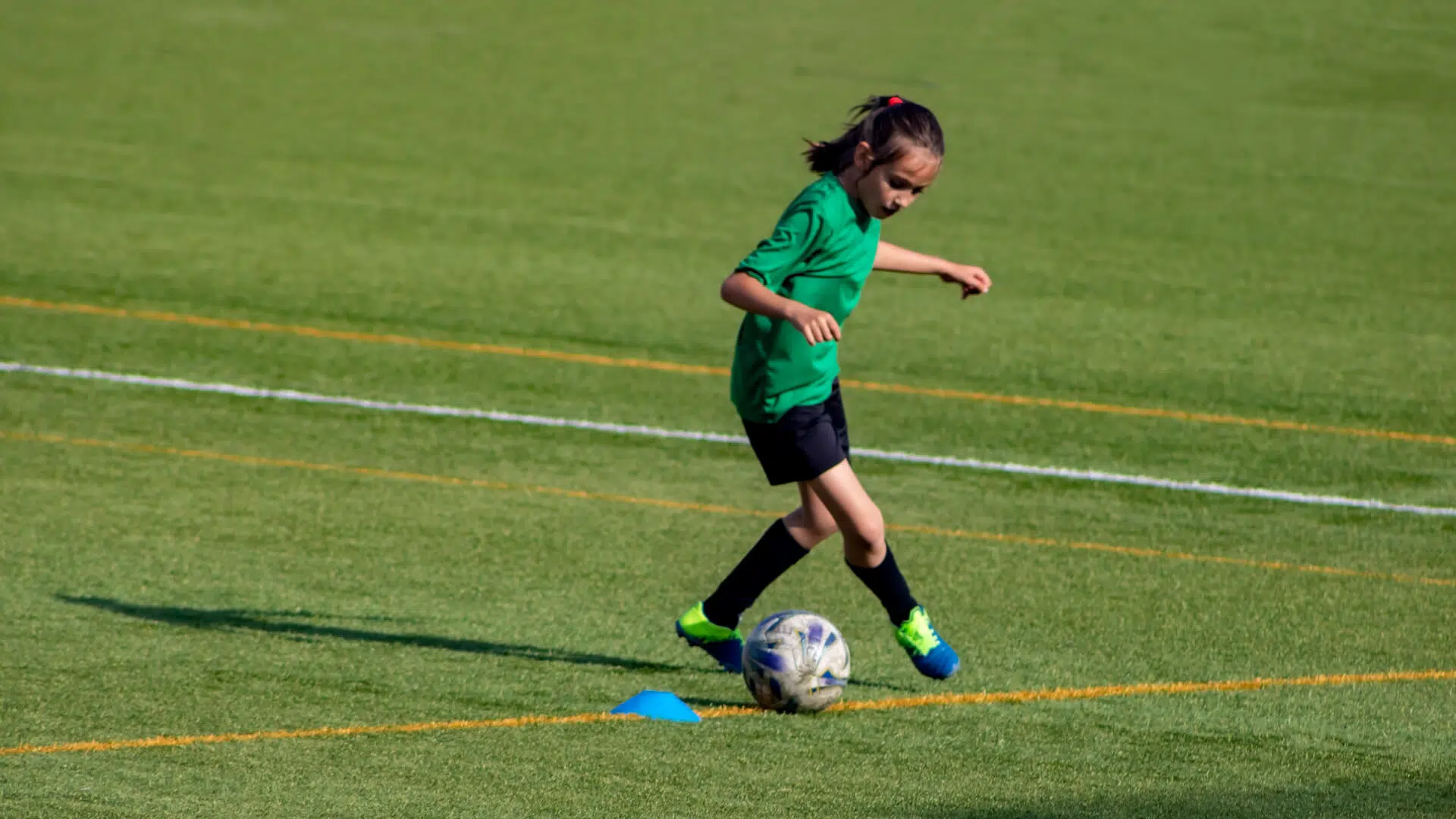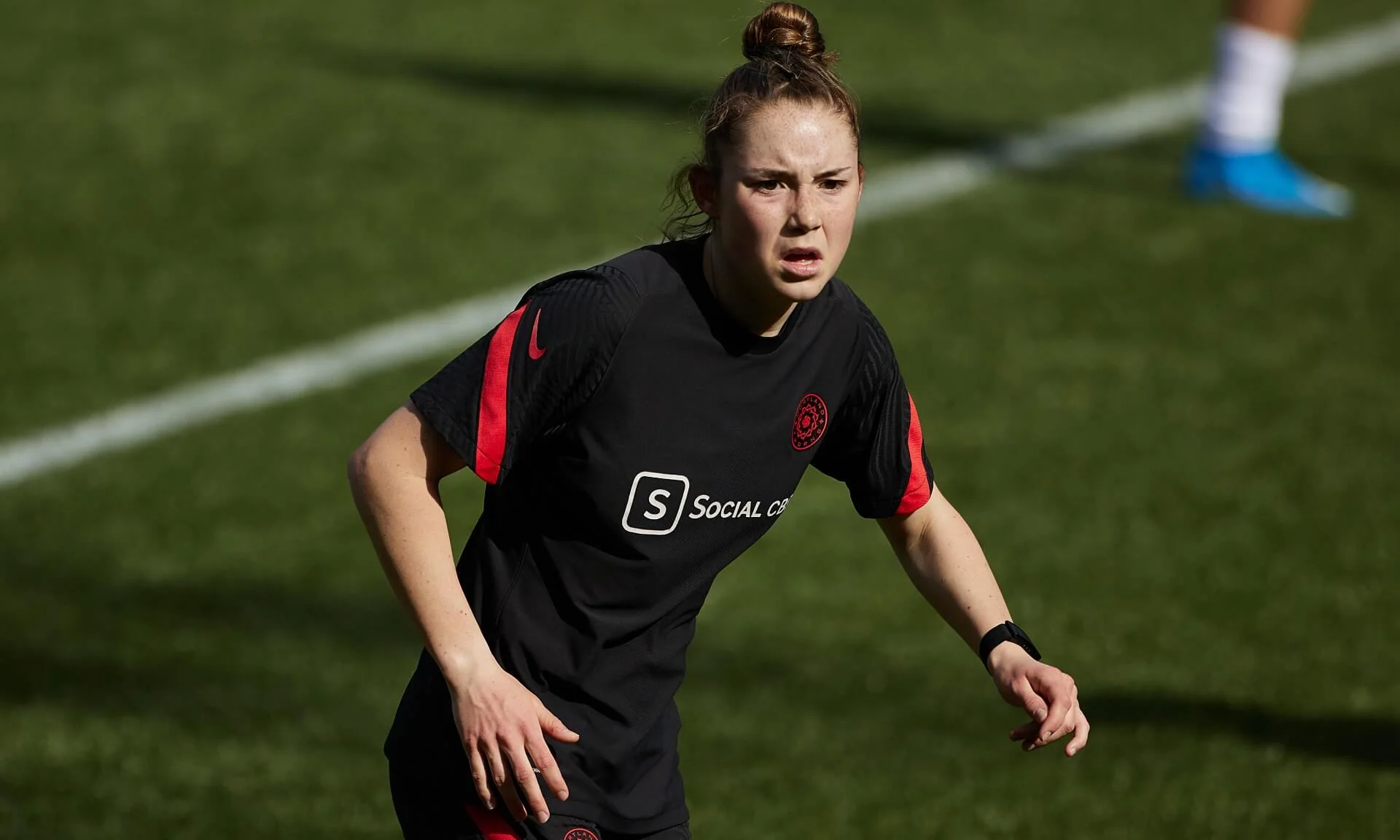The USWNT Is More Diverse Than Ever – But That’s Not Enough
In 1986, USWNT history was made. Kim Crabbe, a player out of Reston, Virginia, became the first black woman called into the national team. While at the time, Crabbe was just looking to make an impression, her call-up opened the door for BIPOC women’s soccer players of the future. Crabbe didn’t earn a cap throughout her two years with the USWNT; the honor of being the first black woman to earn a USWNT cap goes to Sandi Gordon. However, her impact on USWNT diversity is indisputable.
Despite the history of diversity on the USWNT, the question remains, can more be done? Hope Solo might have said it best, calling soccer a “rich, white kid sport.” Her words, while blunt in a way that could only come from Solo, ring true. Arguably, the USWNT has never been more diverse than it is right now, but that isn’t saying much.
The 2021 SheBelieves Cup roster features seven women of color. There are even more BIPOC players on the fringes of the USWNT looking to make their way in. In 2012, the number of black players in the team’s entire history numbered fewer than ten.
According to Briana Scurry, who, for a time, was the only black player on the USWNT, the team’s lack of diversity was no accident. Scurry said, “It just seems to me that the African-American player wasn’t afforded the longest learning curve compared to other players that I felt got more of an opportunity than maybe they should have got.” Over the years, and since Scurry’s time with the team, there’s been a marked shift in the demographics of the USWNT, but that doesn’t mean the work is over.
The USWNT is more diverse than it was just a decade ago. But the team still struggles with many aspects of diversity and inclusion. U.S. Soccer recently came under fire for the seeming lack of representation on their social channels.
Neil, you’re like any team. You have good days & bad days, good weeks & bad weeks. This was a BAD week. (Especially given Crystal’s feedback in the buildup.) These are the choices that were made for these first two SheBelieves games, the most high profile games in a full year. https://t.co/yNWpxeL0Ur pic.twitter.com/xqW4S7uAlA
— Anthony DiCicco (@DiCiccoMethod) February 21, 2021
Though a rep from U.S. Soccer’s PR argued they do their best to ensure a balanced representation of the team’s players, there’s a more nuanced argument to be made. Sure, U.S. Soccer features black players in graphics throughout the week, but the actual matchday graphics for their February 21st SheBelieves Cup game featured only white players. What was that decision-making process like?
Crystal Dunn said it best to Forbes, “…what I would like to see shift is the whole idea that this sport is predominantly White or that it is a White person’s face that is the face of women’s soccer. I have earned the right to be posterized and be a part of huge campaigns and lead the way for women’s soccer and not feel like I am just a player.”
The matchday graphics are the most important ones promoting a game. They’re seen by the most fans, get the most engagement, and provide a huge spotlight for the players featured. It’s past time to let the USWNT’s black players be the face of the team. On game days and every day.



